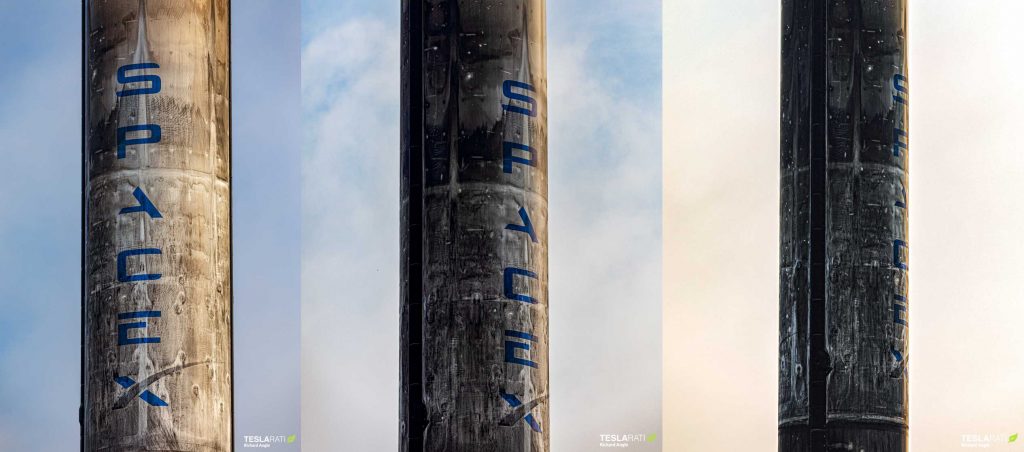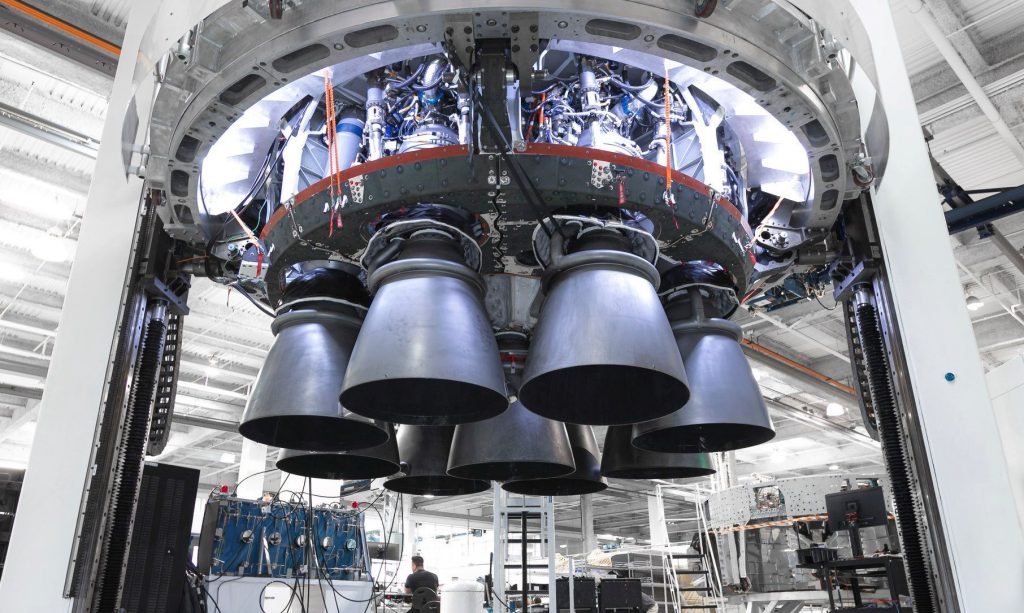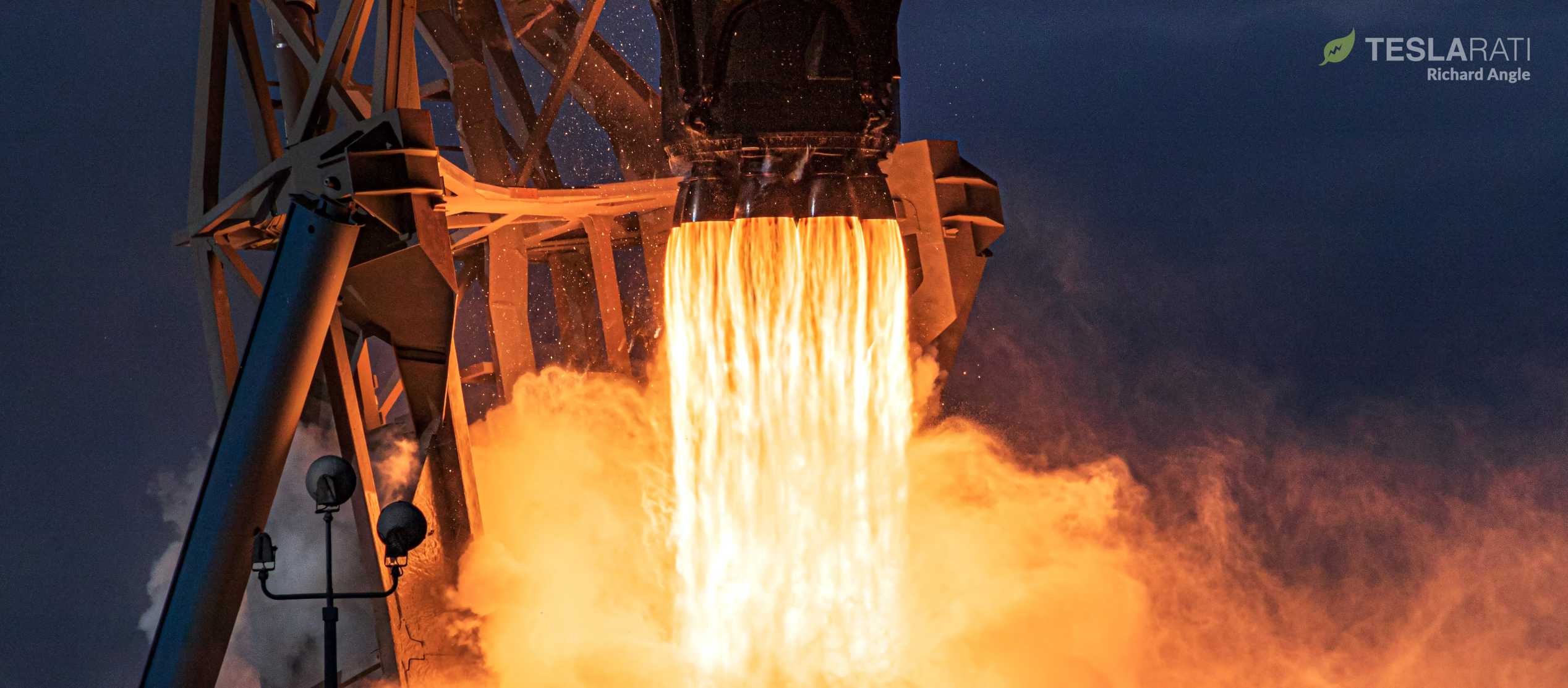SpaceX has stood down from a June 26th Starlink launch attempt to allow “additional time for pre-launch checkouts,” meaning that the company’s second US military GPS satellite mission is now up next.
Scheduled to launch no earlier than (NET) 3:56 pm EDT (19:56 UTC) on June 30th, the GPS III SV03 mission will be SpaceX’s last this month, cutting short the possibility that June 2020 would be the company’s first four-launch month. However, as one door closes, another has opened, leaving four more SpaceX launches now scheduled in July.
Additionally, SpaceX’s willingness to delay an internal Starlink launch by a substantial amount serves as a confirmation that the company continues to prioritize reliability and established procedures over expedience. Given that any Falcon 9 failure would severely impact all SpaceX launches, including internal Starlink missions and commercial launches for customers, that should come as no surprise. Still, SpaceX’s Starlink missions pose a perfect storm of low cost and high launch frequency requirements that could incentivize corner-cutting in the short term.

At the same time, it’s not actually clear whether Starlink V1 L9’s delay was SpaceX’s decision or something decided (or heavily influenced) by the US military. Shortly after SpaceX announced the delay, new regulatory filings suggested that June 28th was the new target, but they were quickly rescinded. It’s possible that the US military asserted its desire to be SpaceX’s immediate priority ahead of the launch of an extremely expensive GPS III satellite.

While entirely speculative, it’s not implausible. If the US military did, in fact, intervene to request that the GPS III SV03 and Starlink-9 launch order be swapped, it might technically benefit from having SpaceX’s more or less full attention, but it would also lose out on the invaluable data provided by another launch.
Regardless, GPS III SV03 is now SpaceX’s next launch. Critically, the mission will be the company’s first operational launch and landing for the US Air/Space Force after the military branch gave SpaceX permission to attempt to land booster B1060. The GPS III launch will be SpaceX’s second, following the successful (but expendable) launch of GPS III SV01 and Falcon 9 booster B1054 in December 2018. This time around, the brand new Falcon 9 Block 5 booster’s life won’t necessarily be cut short after a single launch, so long as the rocket is able to safely land on drone ship Just Read The Instructions (JRTI).
Starlink-9’s delay means that SpaceX will be able to launch three missions at most in June 2020, cutting short the possibility that the month would be the first to host four Falcon 9 launches. However, July now technically has four SpaceX launches scheduled: Starlink-9 (early July), ANASIS-II (mid-July), SAOCOM 1B (late July), and Starlink-10 (late July). Once again, with two launches scheduled near the end of the month, the odds that one or more missions will slip into August are substantially higher, but the possibility remains.
Stay tuned for updates as SpaceX gets ready for its next 2-5 rocket launches.
Check out Teslarati’s newsletters for prompt updates, on-the-ground perspectives, and unique glimpses of SpaceX’s rocket launch and recovery processes.











